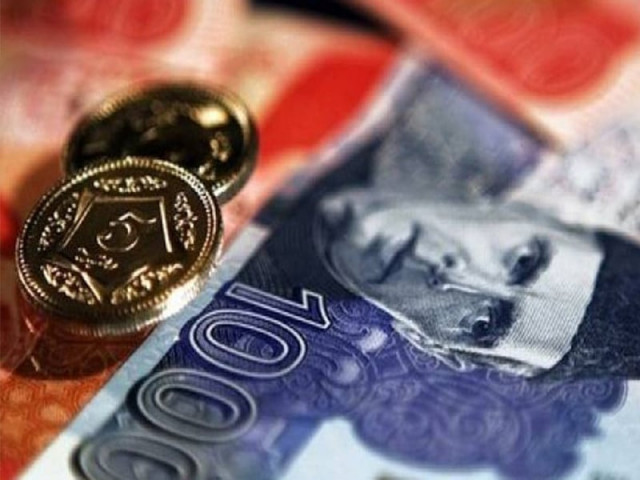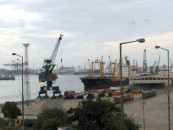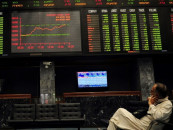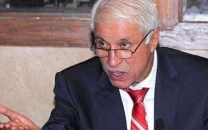REER rises in July, signaling overvalued rupee
Real effective exchange rate – value of local currency as compared to a basket of currencies – appreciated to 101.47

Pakistan's real effective exchange rate (REER) – the value of local currency as compared to a basket of currencies of trading partners – appreciated to 101.47 in July 2024, apparently putting some pressure on exports.
According to the State Bank of Pakistan (SBP) data, the REER index had been at 100.06 in June 2024, which indicated that the trend reversed in July in relation to the depreciation recorded in June on a month-on-month basis. In May, the index stood at 100.69. The uptrend in REER signals that the rupee has grown stronger over the past one month and the ongoing speculation about depreciation against the greenback and other currencies may come true ahead of the new $7 billion International Monetary Fund (IMF) loan programme.
In the wider context, however, REER continued to remain within its fair-value range of 95-105 as the rupee-dollar parity has stayed stable at Rs278-278.74/$ for over five months. The increase in REER came in the backdrop of changes in the rate of inflation in Pakistan, its trading partners and across the world.
At 100, REER is considered to be at equilibrium. Any reading below 100 makes exports competitive, which is termed good for countries like Pakistan that mostly runs a current account deficit. On the other hand, a REER reading above 100 makes the rupee overvalued, resulting in cheaper imports.
The Pakistani rupee appreciated Rs0.10 and settled at Rs278.44 against the dollar in the inter-bank market on Monday. The currency maintained its uptrend for the second consecutive working day, gaining a total of Rs0.26/$ over two days.
It became stronger because the market did not pay much attention to rumours about delay in the IMF programme due to political uncertainty and the absence of some vital decisions on the economic front.


















COMMENTS
Comments are moderated and generally will be posted if they are on-topic and not abusive.
For more information, please see our Comments FAQ